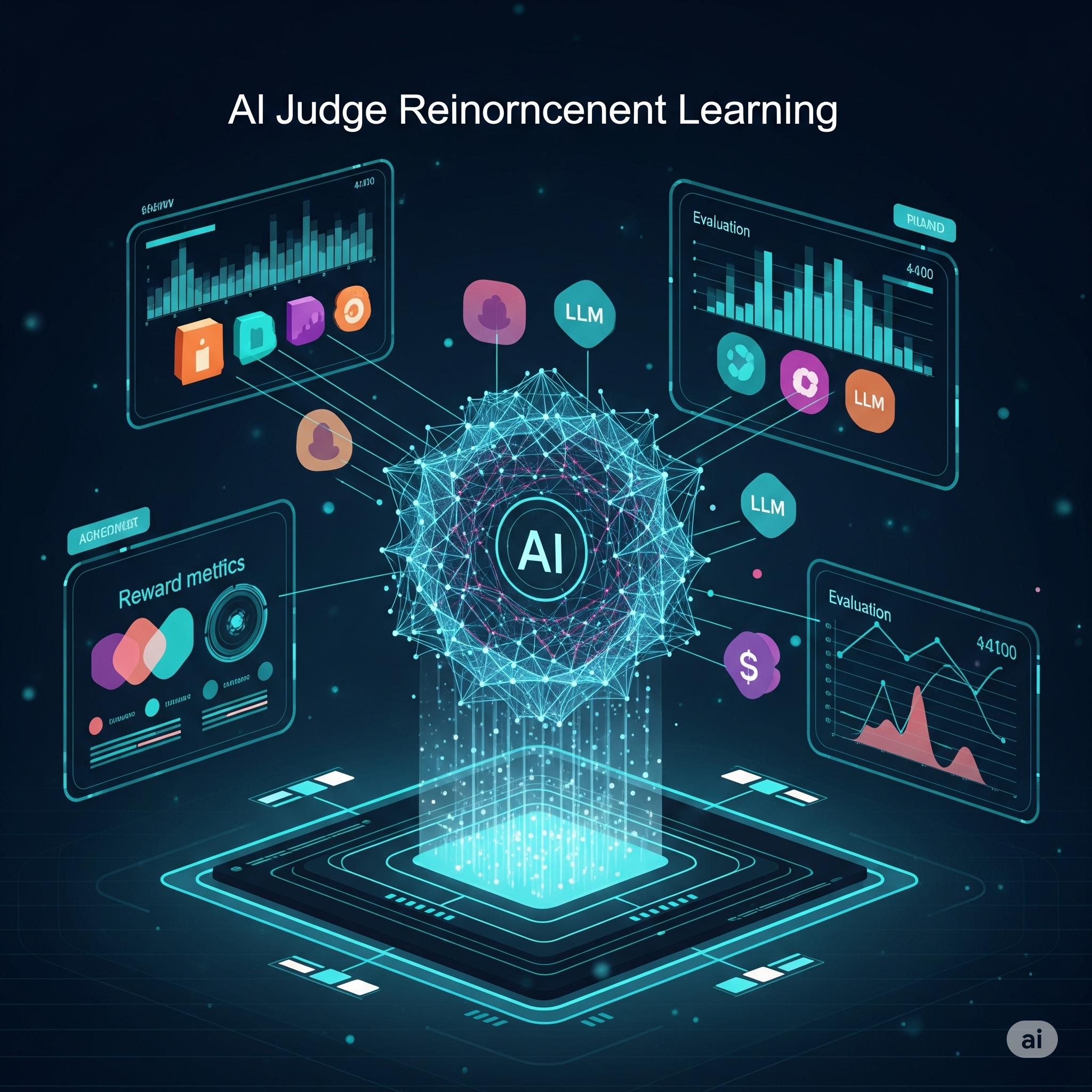Teaching AI to Judge How Meta's J1 Uses Reinforcem
Meta’s J1 model uses reinforcement learning to evaluate AI outputs more effectively and fairly. It creates its own training data and evaluation processes, showing that smaller, focused models can outperform larger ones in complex assessment tasks.
This demonstrates that smart design beats raw computing power. J1’s success with reinforcement learning and systematic evaluation methods creates a clear path for developing more effective AI evaluation tools.

Teaching AI to Judge: How Meta’s J1 Uses Reinforcement Learning to Build Better LLM Evaluators
We are in a paradoxical moment in AI development. As language models become increasingly sophisticated, we are relying on these same AI systems to evaluate each other’s outputs. It is like asking students to grade their own homework—with predictable concerns about bias, consistency, and reliability. Meta’s new J1 model offers a compelling solution: what if we could use reinforcement learning to teach AI systems to become better, more thoughtful judges?


